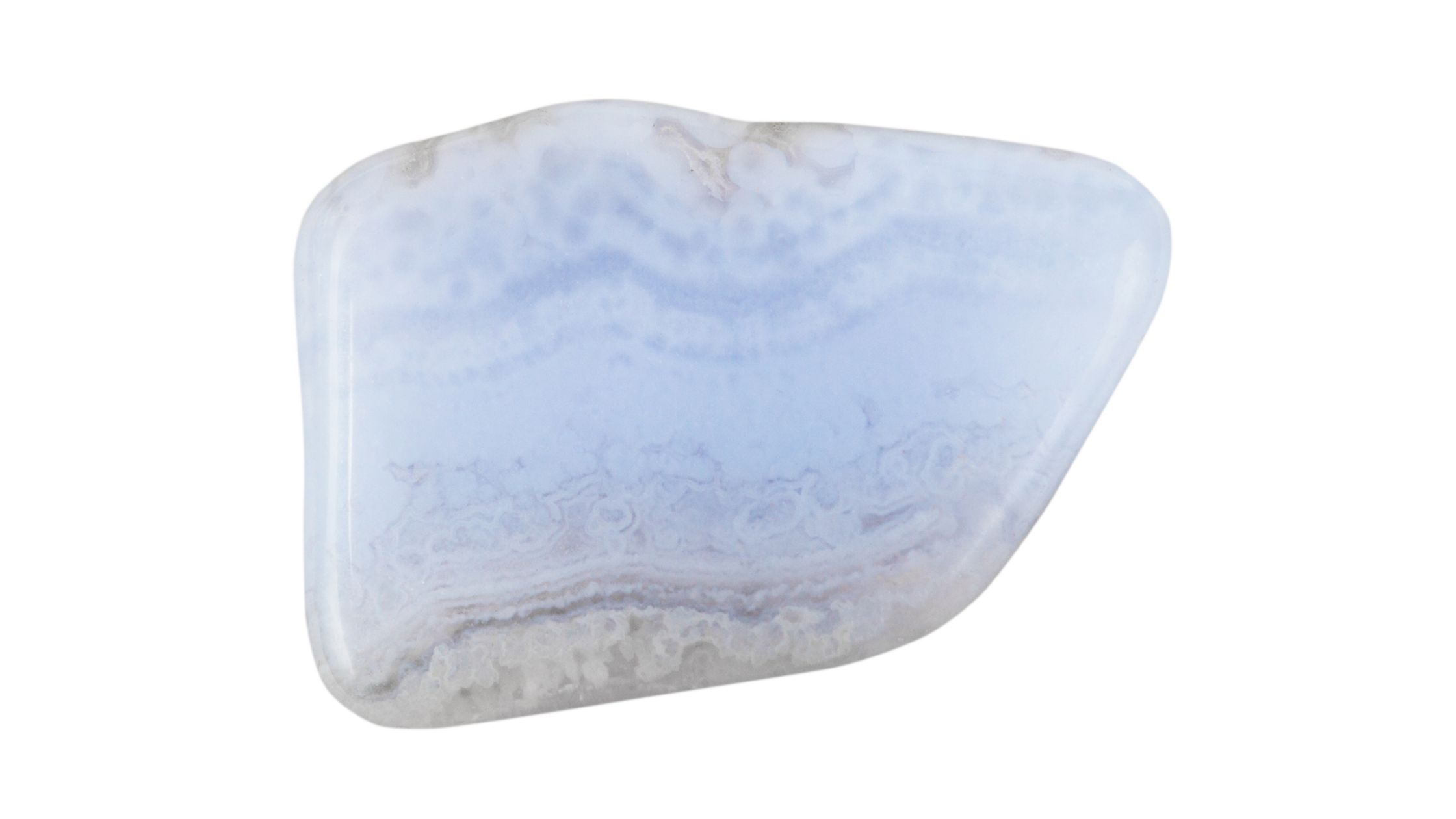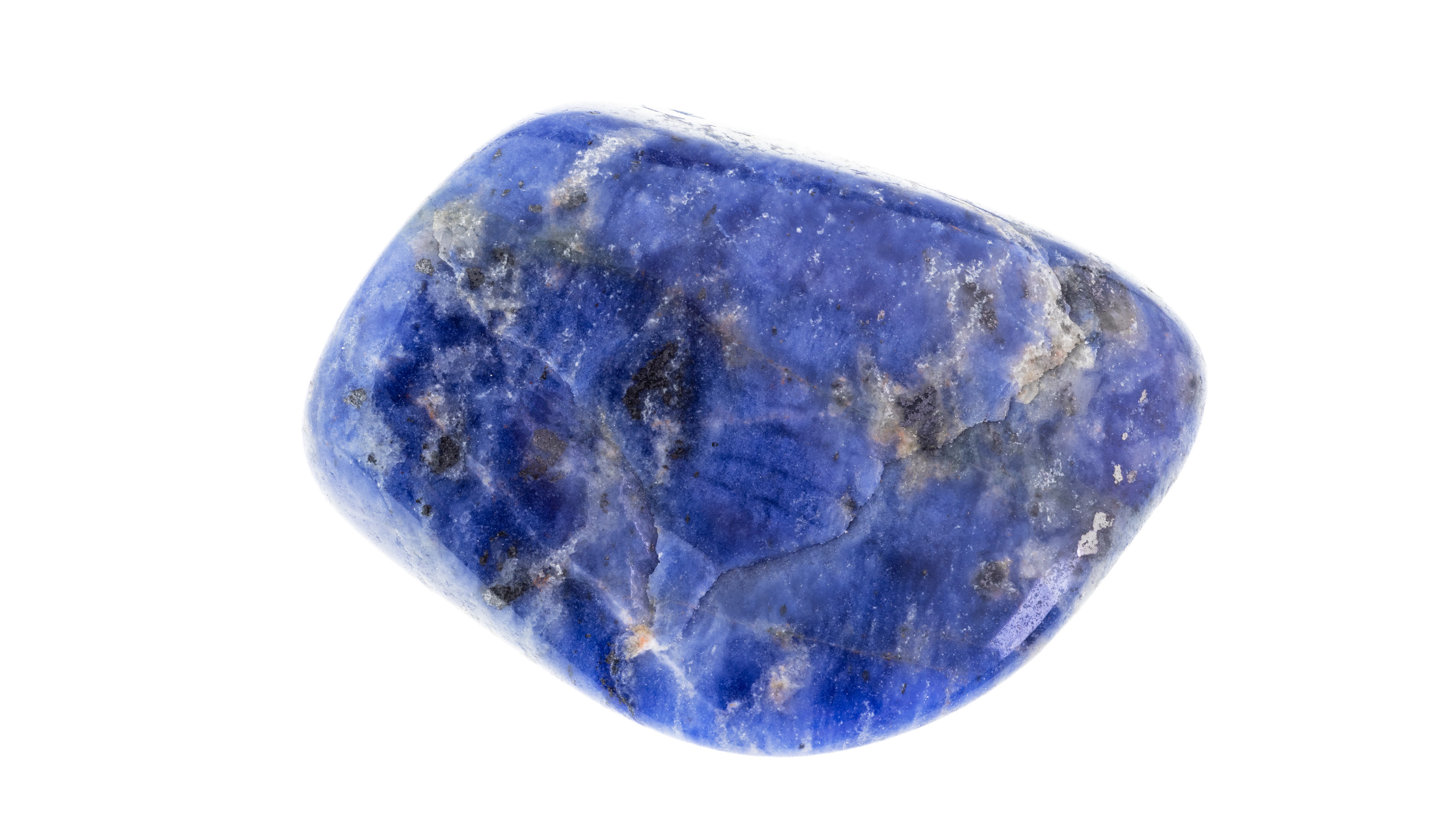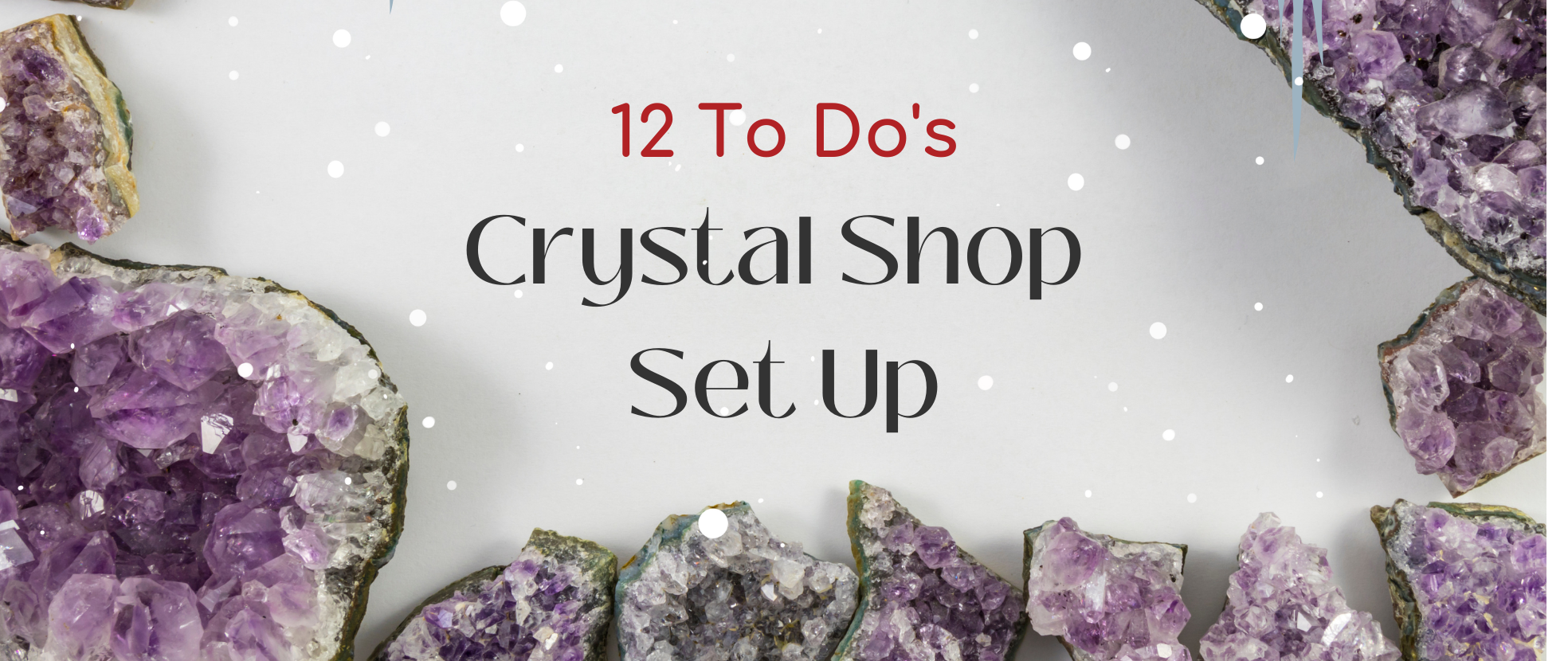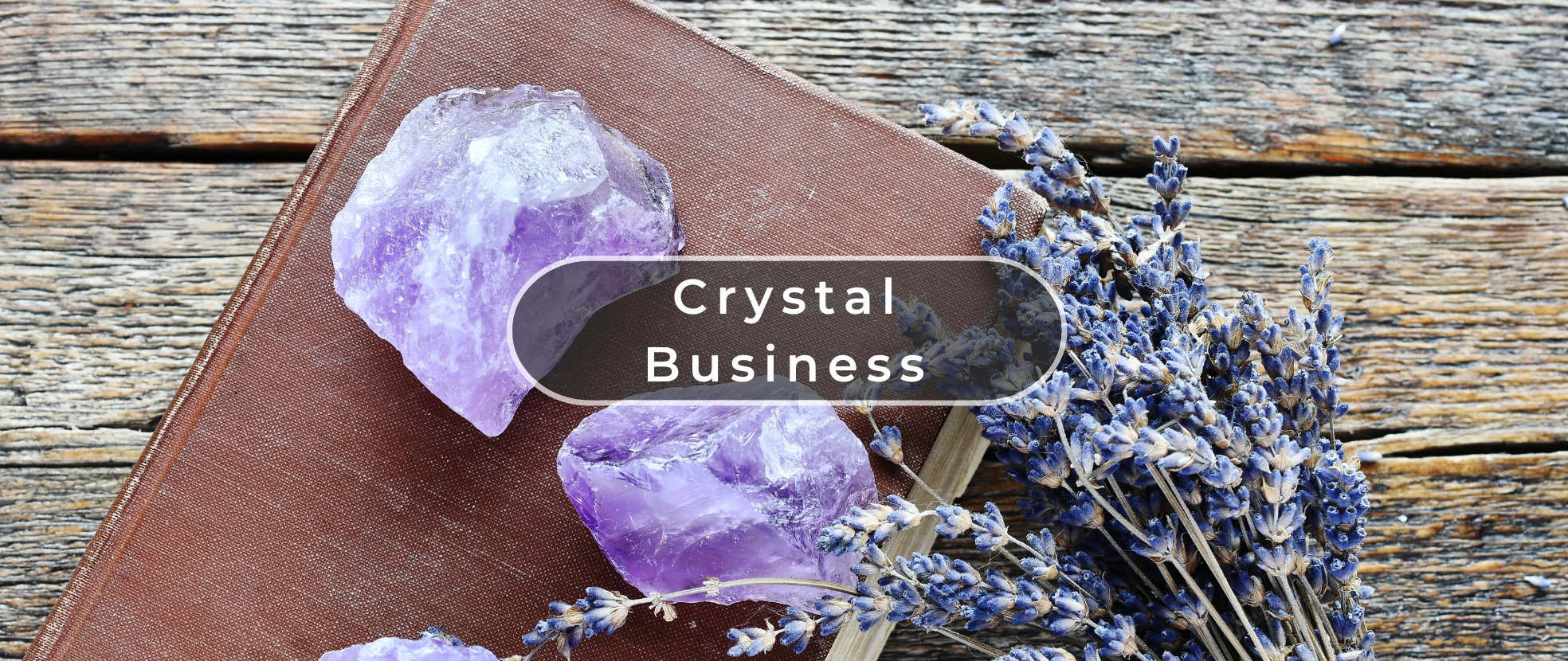Rocks, crystals, and minerals are one of the most widely collected items in the world. But they can also be the most difficult to get a hold of.
Some products are so common you can easily get them from any rock shop you can find, while others are so rare and scarce you have to fight tooth and nail to get even just a pound of them!
Factors Influencing the Availability of Gems
Below are the common factors that can increase or reduce the amount of gemstones in the supply chain:
1. Geologic Availability
Mineral deposits exist primarily because of their geologic conditions. So gemstones vary in abundance as a result of their location and geologic time.
2. Technical Availability
The technology used in mining hugely affects the availability and cost of minerals. Technological advancements that allow deeper exploration, accurate interpretations, and higher resolution help suppliers boost their operations.
3. Environmental and Social Availability
Mining operations in certain locations may be suspended due to their potential to destroy the environment and put people at risk.
Despite the implementation of sustainable mining practices, it's always a challenge for miners to overcome the distrust of the public and the negative connotation they have towards mining.
3 Most In Demand Yet Scarce Crystals on the Market
1. Moldavite

This gem-quality tektite (a silica-rich molten glass formed by meteorite impact) has gained increasing popularity from TikTok fans in recent months for its supposed life-changing effects. Mineral collectors love it for its beauty and storied origin.
Of equal importance is moldavite's sister crystal, Libyan Glass Crystal (also called Libyan Gold Tektite and Great Sand Sea Glass).
With a wide array of shape, size, textures, and shades of green, this mysterious crystal is extracted in its rough state.
Most moldavite deposits are in the South Bohemian Region of the Czech Republic.
Here, moldavites are collected from the surface during spring and autumn. Finer quality moldavites are deposited in sandy and clay sediments and are retrieved using heavy machinery.
There are also moldavites in Moravia and Austria, although they are brownish in colour.
Why are moldavite supplies limited?
- Rising popularity combined with limited production (moldavite is found in very few locations), resulting in decreasing quantity
- Natural calamities like landslides have destroyed moldavite deposits, leading to drastic reduction of supplies. As of summer of 2020, there is only one moldavite mine allowed to operate in Czech Republic. Production of the said mine has fallen from an average of 5 g of moldavite per 1,000 kg of sand to below 3 g.
- The Czech government has ramped up the crackdown of illegal extraction of moldavite, thus reducing the circulation of the crystal on the black market.
2. Blue Lace Agate

Known for its pale blue to a deep sky blue shade, blue lace agate is an old and rare stone popular for its decorative and healing purposes.
Jewellers tap on blue lace agate's smooth polish and intriguing patterns to create unique and charming necklace, pendant, ring, and bracelet pieces.
In the world of crystal healing, this stone is associated with the throat chakra and is believed to help its user achieve calmness, articulate their thoughts better, and become an effective speaker.
For more than 50 years, blue lace agate has been produced only in the Ysterputs mine (with a deposit experts call a hydrothermal quartz-calcite vein system related to a dolerite sill) in the Karas Region of southern Namibia.
Today, it's also found in small quantities in Brazil, China, India, and some locations in the USA.
Why are blue lace agate supplies limited?
- The most important source of the stone, the Ysterputs mine, had closed and this affected the flow of blue lace agate on the market. Minor dealers are putting in what little products (mostly cabochons, spheres, geodes, and beads) they have at a time to sustain the supply chain, but this isn't enough to meet surges in demand in the long run.
- There's now a growing demand for blue storm agate, a lower quality blue lace agate with skinnier bands. Still, production of this variety is also very limited.
3. Sodalite

Sodalite is a rare dark blue tectosilicate mineral with white calcite interspersed.
People use sodalite as an ornamental gemstone because of its gorgeous royal blue to violet blue color.
Other names for sodalite are Blue Stone, Canadian Blue Stone, Canadian Lapis, and Glauconite.
It is often referred to as the poor man's lapis due to its similarity in appearance with lapis lazuli.
The Europeans first discovered sodalite in 1811. But it wasn't until 1891 that it was recognized as an ornamental stone thanks to vast deposits of it found in Ontario, Canada.
Sodalite is also found in Brazil, Italy, and the USA. It grows in igneous rocks that crystallize from sodium-based magmas.
It's most well-known source was named Princess Sodalite Mine in 1901. It was given that name after the Princess of Wales who was gifted with sodalite was instantly captivated by it.
She would make arrangements to quarry enough of the stone to decorate her London residence with sodalite.
Why are sodalite supplies limited?
There's no exact answer to this question, but one of the possible reasons is the closure of the large sodalite mine in the south of Brazil a few years back.
There are still other mines in Brazil that continue to produce the vivid blue stone to this day but in very limited amounts.
Africa also has a few sodalite producers although their products are a lot more expensive than those coming from Brazil.
Bottomline
When sourcing crystals that are rare or limited in supply (such as the ones on this list), know and understand the factors that determine their availability.
This will allow you to make realistic estimates on when you should buy your supplies and the quantity you must order, avoiding inventory shortages.
And while you're at it, if you're sourcing overseas, learn about your dealer's shipping fees and logistics, delivery times, and return policies to minimize delays. All these can vary from supplier to supplier, so stay updated.
Most importantly, find a dealer you can trust! Seek out recommendations from your friends and family.
Visit their website or check out their social media pages to find out what they sell, their price ranges, and how often they stock their products.
Read up on their customer reviews to know what people think about their products and services. And if you find them reliable, sign up to their newsletter to get first dibs on their newest arrivals (and even discounts).
Looking for a reputable rocks and crystals supplier within Kitchener and Waterloo? We're here for you. Stonebridge Imports carries a wide range of unique and popular gemstones for all purposes.
We source our products from top gem producers worldwide to ensure that you have a steady flow of supplies for your beloved customers.
Apply for a wholesale account today and enjoy exclusive discounts!
Sources:
Minerals, Critical Minerals, and the U.S. Economy, Chapter: 3 Availability and Reliability of Supply (2008). The National Academies Press. Accessed at https://www.nap.edu/read/12034/chapter/5
Baker-Whitelaw, G. (2021, May 4). ??What is Moldavite? Crystal TikTok is obsessed with this supposedly dangerous space rock. Daily Dot. Accessed at ??https://www.dailydot.com/unclick/what-is-moldavite-tiktok-crystal/
Verboven, B. (2021, October 9). The Mystery of Moldavite. Debarnsteen Specialist. Accessed at https://www.debarnsteenspecialist.nl/en/blogs/blog/the-mystery-of-moldavite/#waar
Frantisek. (2017, August 7). Moldavites are running out “ future? AboutMoldavites.com. Accessed at https://www.aboutmoldavites.com/moldavites-are-running-out/
Blue Lace Agate. (n.d.). Namibian Blue Lace. Accessed at http://namibianbluelace.co.za/about/
Ysterputs Mine. (n.d.). Mindat.org. Accessed at https://www.mindat.org/loc-229681.html





